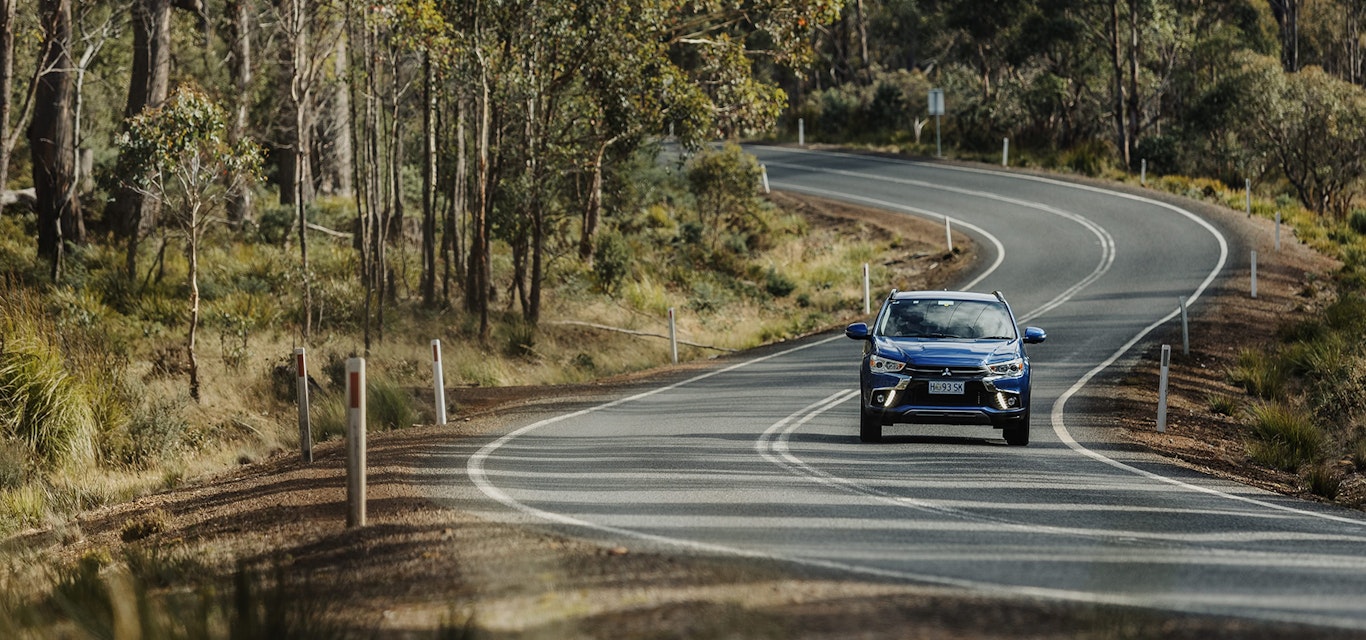Your views June/July 2021
Our readers have their say on passing lanes, increasing speeding fines, driver behaviour and road safety.
Passing lanes
Howard Wilcockson, Garden Island Creek
In response to your article about the increasing level of traffic accidents in Tasmania despite the improvement in the quality of vehicles and the government spending a massive amount on the major highways. I think a portion of the money allocated for road improvement should be allocated to developing passing lanes on some of the state’s most winding roads.
Take, for instance, the Channel Highway from Woodbridge to Cygnet. There is not a single passing lane, which means that if you’re stuck behind a slow-moving truck or campervan or a towed caravan or motorist crawling under the speed limit there are very few opportunities to pass. After a considerable number of kilometres this brings about frustration, leading to people taking risks.
Further to that, an education campaign should be mounted on driver courtesy. If people wish to meander well below the road speed limit, they should observe the traffic stuck behind them and pull over to let them pass.
I always do this when I have my utility well laden, and I wish others would give people this simple courtesy.
Thank you
Kelvin Ball, Claremont
Just a big shout out to one of your roadside angels, David, for his fast and professional service. On Easter Monday we headed out for a drive until our car battery gave up the ghost. Within no time at all we had a new battery and were on our way. Bathurst 1000 pit crews eat your heart out! Thank you RACT Roadside.
Rethinking road safety
Jim Pawson, Blackstone Heights
Congratulations on bringing this topic to the forefront of our efforts this year.
You are right in saying that if our thinking and actions don't change then the results will not either. However, in the short term could we consider heavily increased speeding fines together with mandatory loss of licence based on the number of kilometres over the prevailing speed limit on the road where caught?
For example:
• For 10km over, a fine of $1000 and loss of licence for three months.
• For 20km over, a fine of $1500 and loss of licence for four months.
• For 30km over, a fine of $2000 and loss of licence for five months – or some variation thereof.
Since cars are getting more refined, better handling and faster overall, could we look at governors limiting all cars to 120km/hour? There must be a lot more that can be done in the technology area to help keep the road toll from getting any worse than it already is.
Pedestrian safety
Gay Duffield, Battery Point
As a pedestrian, on several occasions while crossing on a green light at the end of Davey Street where the road meets the Southern Outlet, I have had two near misses by vehicles not stopping at the red light. One lady I know was knocked over there. A suggestion would be to put a flashing warning light further down Davey Street, when the light is about to turn red. The vehicles seem to use the top end of Davey Street as a speed up area before entering the Southern Outlet.
Tailgating horror
Andrew MacFie, Mt Stuart
Having just read your magazine article Rethinking road safety I can add a horror story which could have lead to a very serious accident or fatalities.
My wife, our daughter and her young child (aged three) were travelling back to Hobart on the Midland Highway when the car behind tailgated them for many kilometres. That car was so close to my wife’s that our daughter was able to take photos on her phone!
Worst of all was the horrible feelings of not being able to stop the driver from possibly killing the three of them, including our grandchild.
But what also caused serious alarm was the dangerous driver was a female P plater! No matter how many times my daughter made signs to her to back off, these were completely ignored and also accompanied by rude hand signs by passenger and driver.
We do a lot of driving the Midland Hwy and unfortunately P plater and L plater drivers perform some of the worse and some of the most dangerous driving acts.
It’s no surprise, unfortunately, these drivers are in the higher percentage of road fatalities and injuries. I’ve often wondered how some of these drivers passed their test/s? Possibly the whole licensing standards needs to be readdressed.
Car control
Ian Martindale, Ellendale
The only one who causes a crash is the driver. I have to say that after almost 57 years of holding a drivers licence in the UK, Europe and Australia, I have never seen such poor car control as I have in the almost nine years I have lived in Tasmania. I have hundreds of dashcam videos of terrible drivers who appear to have no idea how to go around corners without crossing double white lines on blind bends. As for tailgating, it seems to be a regular occurrence even if you are doing the speed limit. If you drive the Brooker Highway on a regular basis at the speed limit, you will be passed by most vehicles. One point with drivers is they should have a mandatory eyesight test every five or 10 years . At present, after the initial test for a licence, no further eyesight test appears to be required.
Questions for our car medic
Question
My car has a space saver spare tyre – how safe are these wheels to use if I get a flat tyre? Michael Williams, Riverside
Answer
There are two types of space saver spares in vehicles. The first, referred to as a ‘temporary-use spare’, is generally a full-sized wheel that differs in size and appearance to wheels normally fitted to the vehicle. These can be fitted on any corner of the vehicle, should you have a flat. The second type is known as a ‘space saver’. You may have seen one of these odd-looking, often brightly coloured wheels on a car. There are restrictions on some vehicles as to where this tyre can be fitted. If it can only be fitted to the rear wheel of your vehicle and you have a flat on the front, you’ll need to swap a good wheel from the rear to the front and then use the space saver on the rear. For both types of spares, maximum speed is limited to 80km/h when fitted and they are only intended as an emergency replacement to get your vehicle to a place of repair. Darren Moody, RACT General Manager Mobility Services

